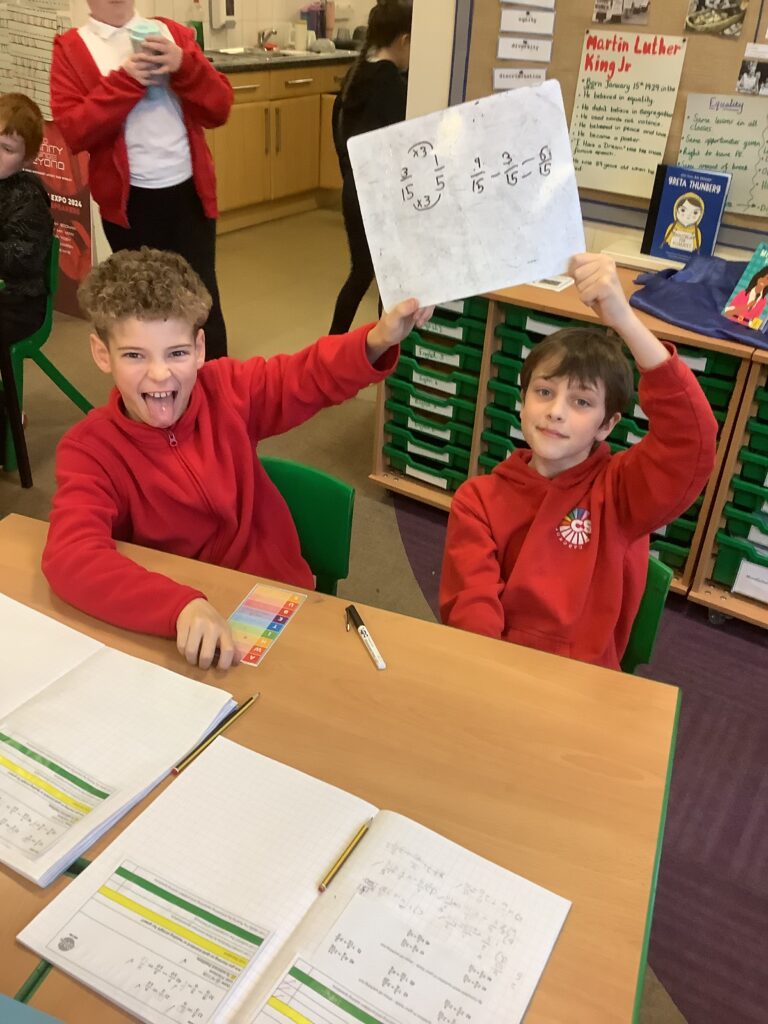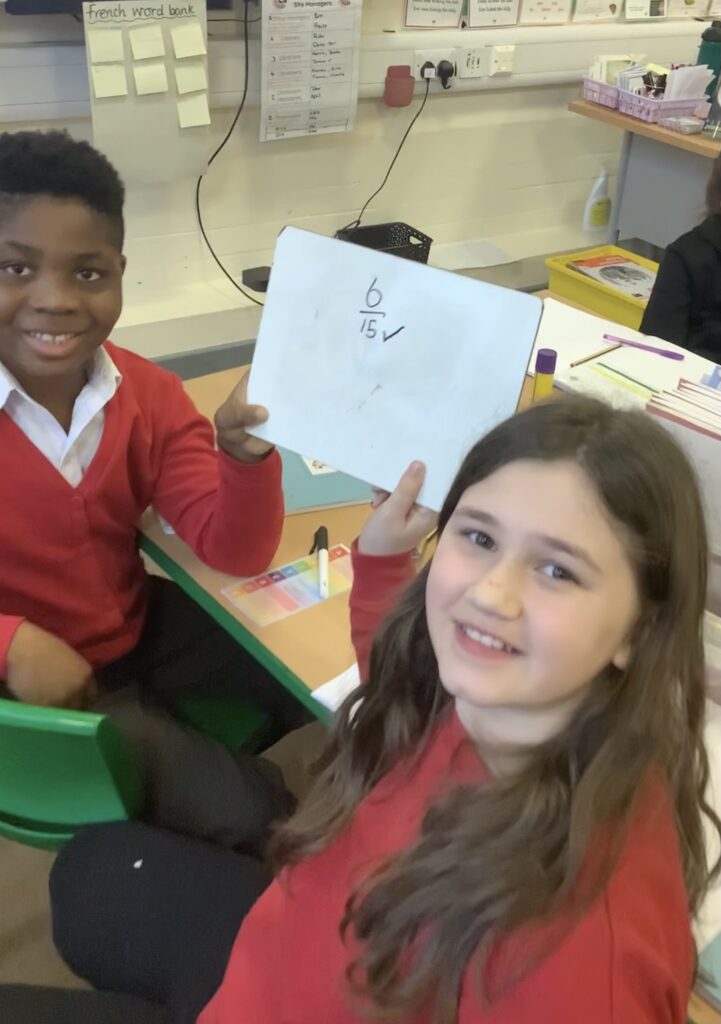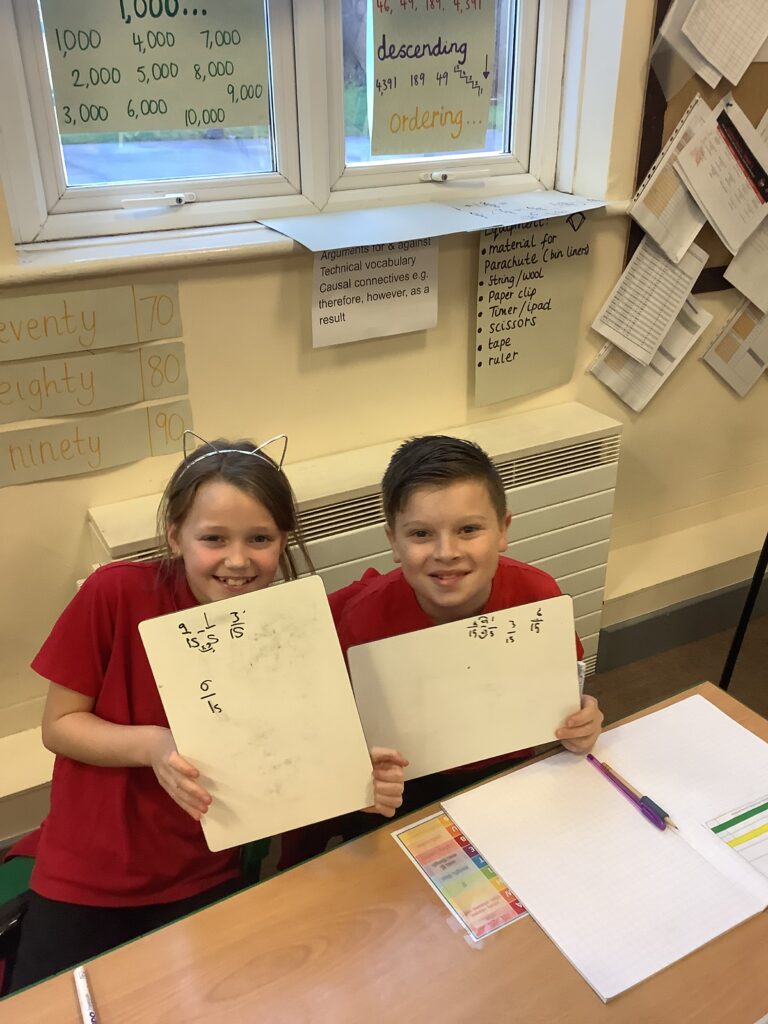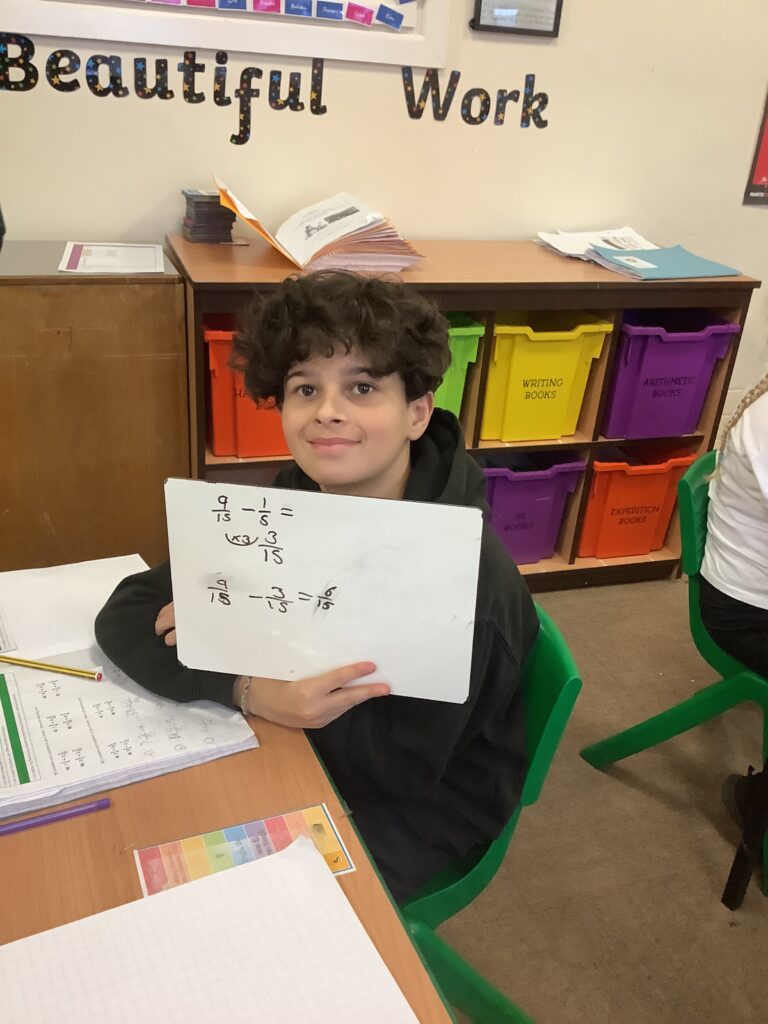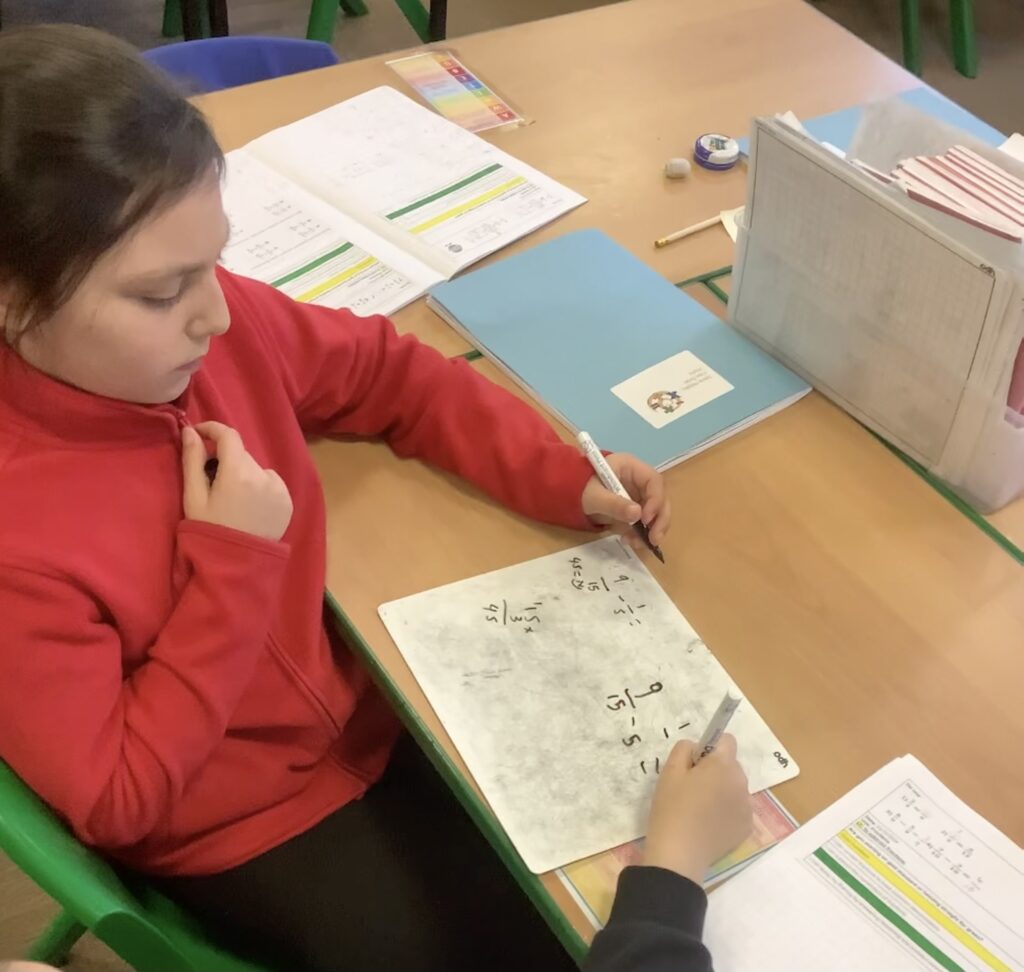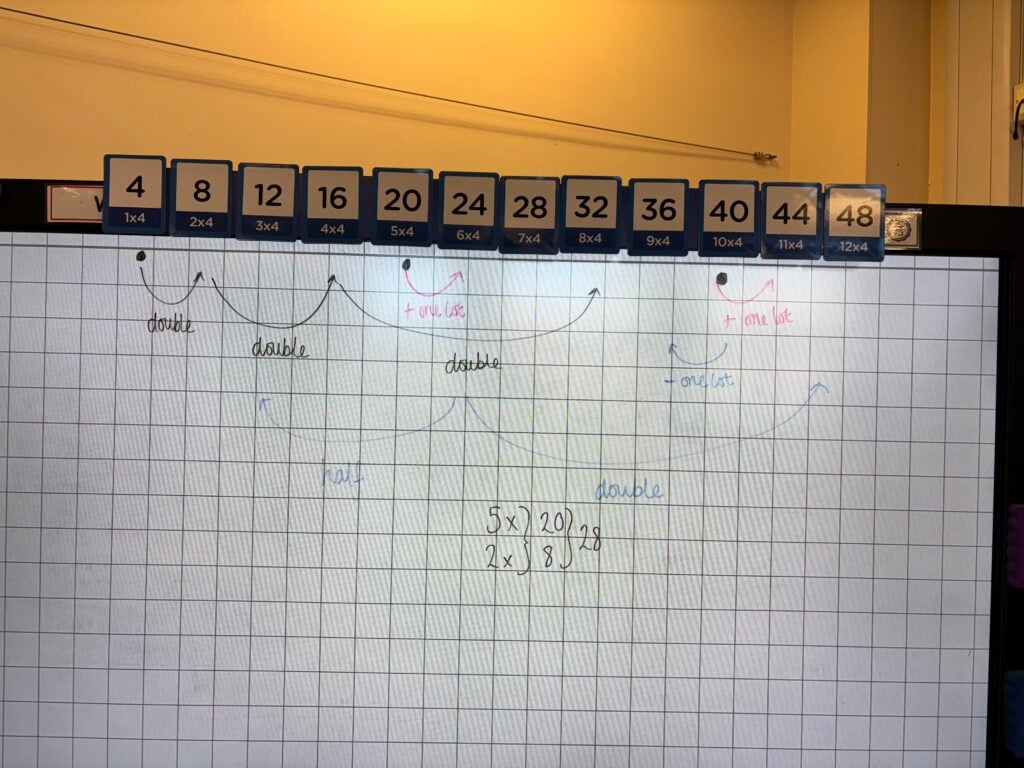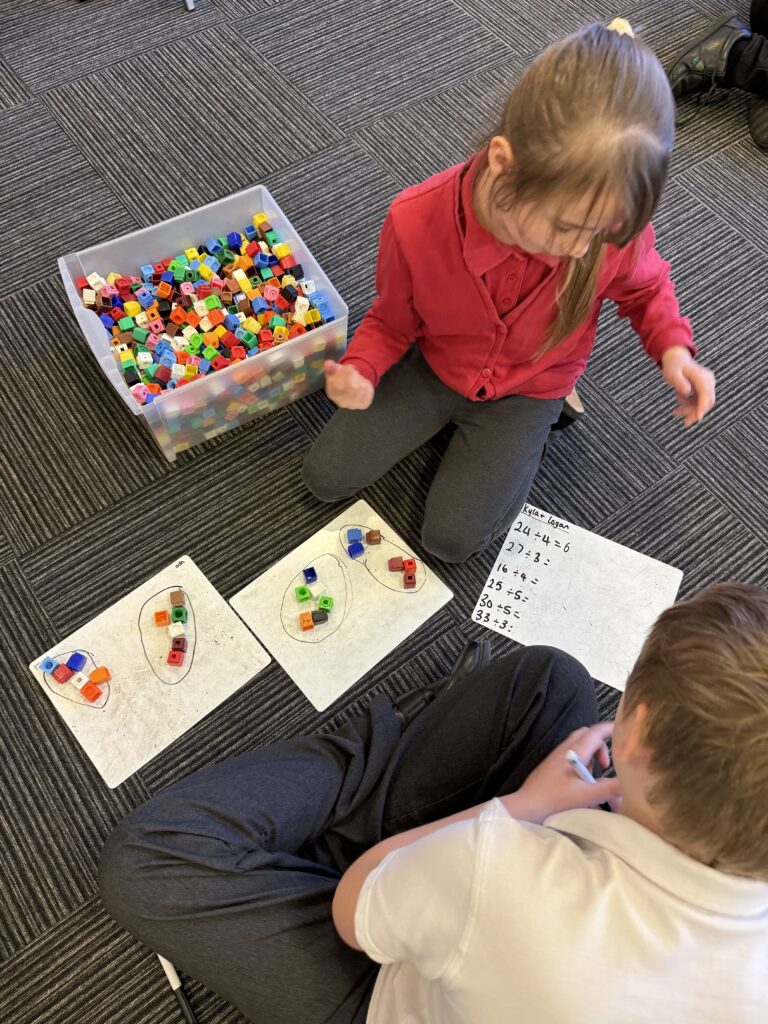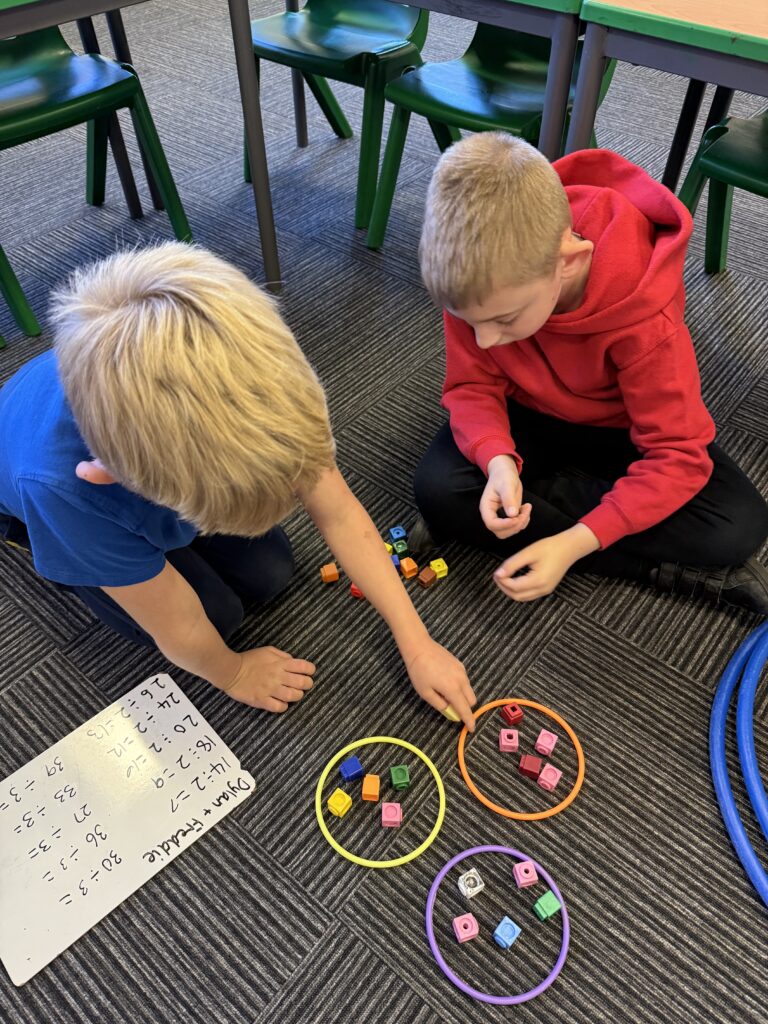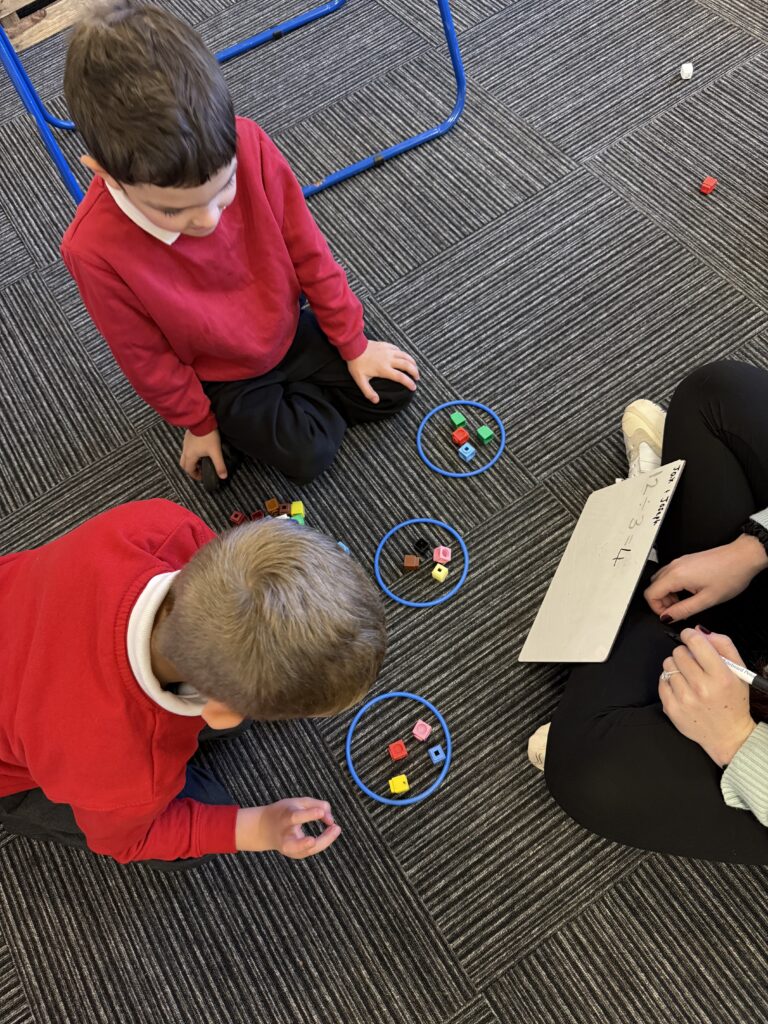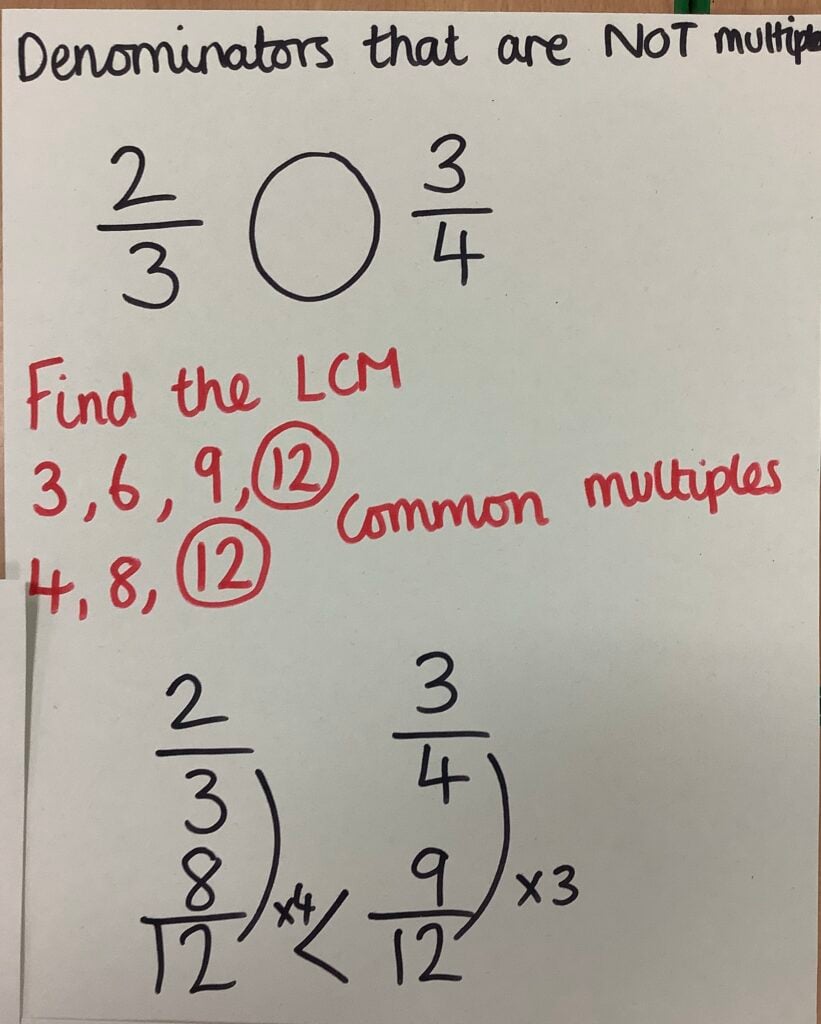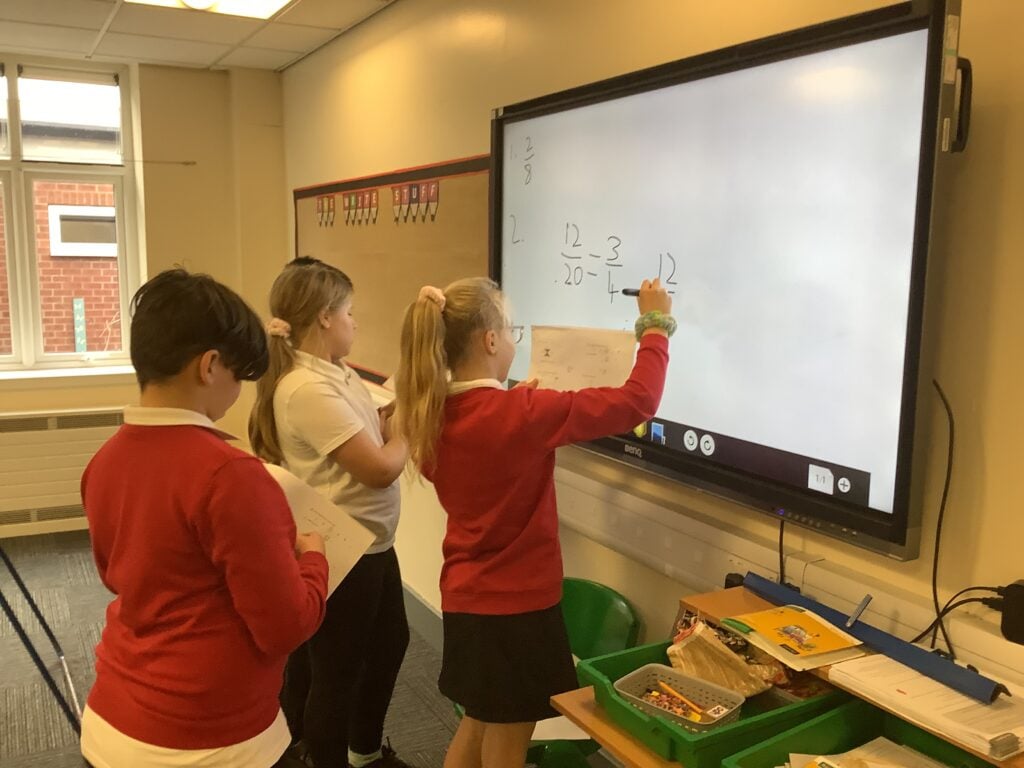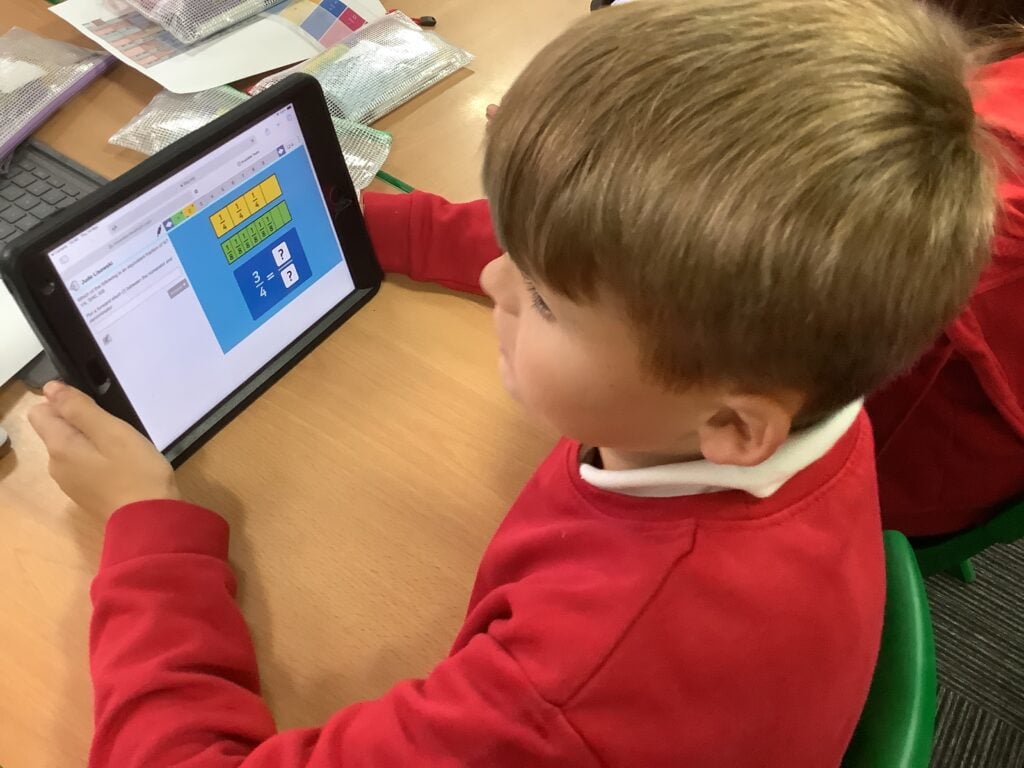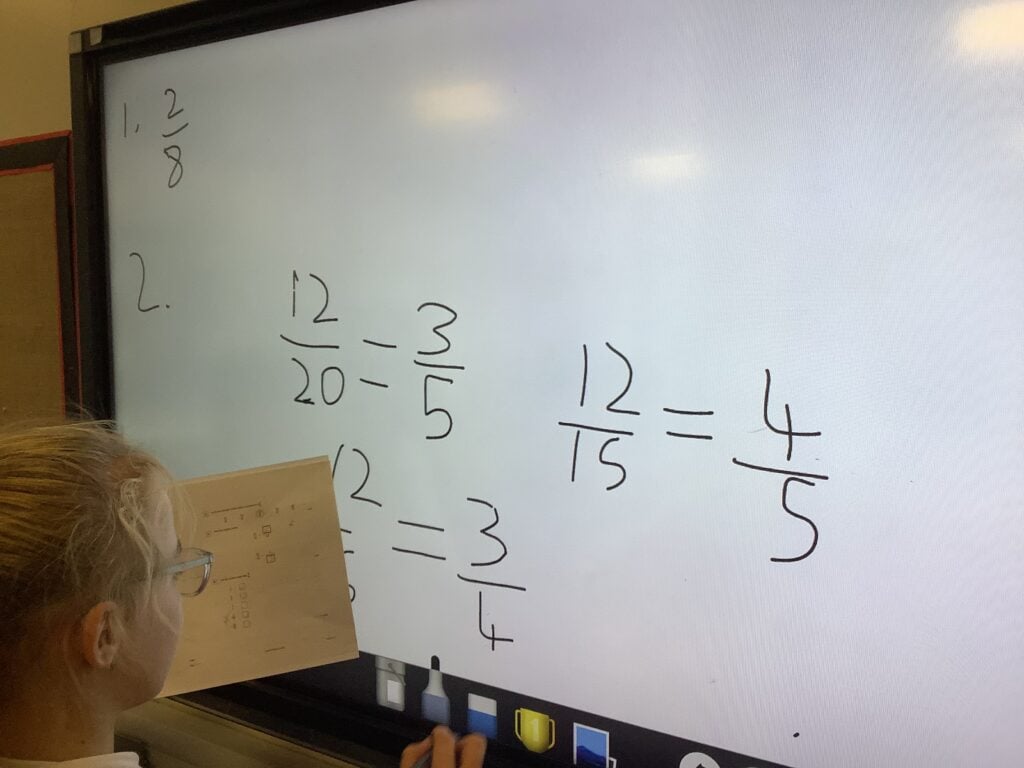In Crew McGlone, we looked at how the numeral 2 may look a little different when we see it out and about in the world. It may be a different colour, be written in a different font, be bigger or smaller… but it still represents 2!
Once we had talked about this, we went on a numeral hunt around the classroom. We had to work together as a crew to find as many different numeral 2s as possible. We were successful!


